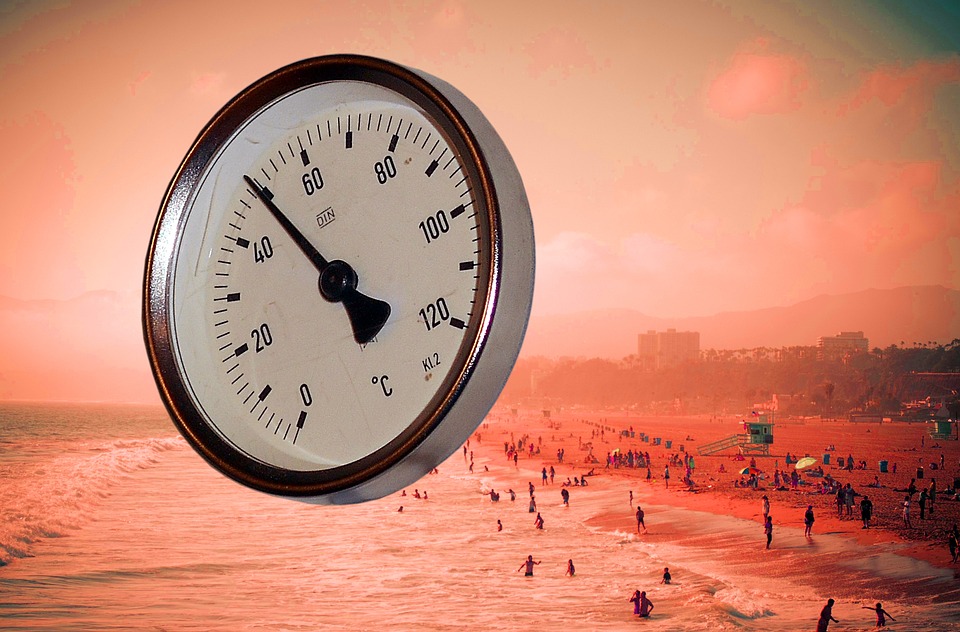What Is the Climate in Israel? A Guide to the Weather Patterns of the Middle East
Israel, located along the eastern Mediterranean coast, exhibits a diverse climate influenced by its varied geography, which ranges from coastal regions to deserts and mountains. This guide provides an overview of Israel’s climate zones, seasonal weather patterns, regional variations, and factors influencing its climate.
Overview of Israel’s Climate Zones
Israel’s climate can be categorized into three main zones:
Mediterranean Climate:
– Found along the coastal areas.
– Characterized by mild, rainy winters and hot, dry summers.
Desert Climate:
– Predominantly in the southern and eastern regions, including the Negev Desert.
– Features extreme temperatures and minimal rainfall.
Semi-Arid Climate:
– Present in central areas and valleys.
– Exhibits hot summers and mild, dry winters.
Seasonal Weather in Israel
Israel experiences four distinct seasons:
Winter (December to February):
– Coastal regions see mild and rainy weather, with average temperatures ranging from 10-15°C (50-59°F).
– Higher altitudes, such as the Golan Heights and Jerusalem, may experience snowfall.
Spring (March to May):
– Temperatures begin to warm, with landscapes blooming with wildflowers.
– Dust storms and hot, dry winds known as “sharav” can occur.
Summer (June to August):
– Hot and dry conditions dominate most of the country.
– Coastal areas experience humidity while desert regions can reach extreme temperatures exceeding 40°C (104°F).
– This is a popular time for beach tourism in places like Tel Aviv.
Autumn (September to November):
– Temperatures gradually cool with some rainfall returning by November.
– Ideal for travel due to mild weather and lower humidity.
Regional Climate Variations in Israel
The climate varies significantly across different regions:
Coastal Areas (Mediterranean):
– Mild winters and humid summers with pleasant year-round weather.
Desert Regions (Negev and Arava):
– Extremely hot summers with cool nights and very little rainfall.
Highlands (Jerusalem and Golan Heights):
– Cooler temperatures throughout the year with occasional snowfall in winter.
Factors Influencing Israel’s Climate
Several factors contribute to Israel’s climate:
– Mediterranean Sea Influence: The sea moderates temperatures along the coast, contributing to higher humidity levels.
– Topography: Elevation changes impact rainfall distribution and temperature variations across the country.
– Seasonal Winds: Winds such as the sharav can raise temperatures significantly while reducing humidity levels.
FAQs
Does it snow in Israel?
Yes, snowfall occurs occasionally in higher elevations like the Golan Heights and Jerusalem during winter months.
What is the best time to visit Israel for good weather?
The best times are typically spring (March-May) and autumn (September-November) when temperatures are pleasant and rainfall is minimal.
How hot does it get in Israel during summer?
Summer temperatures can exceed 40°C (104°F) in desert regions while coastal areas remain slightly cooler but humid.
Are there any extreme weather conditions in Israel?
Yes, Israel can experience heatwaves, severe storms during winter months, droughts, and flooding events.
What should I pack for Israel’s climate?
Pack lightweight clothing for summer, warm layers for winter nights, modest attire for religious sites, and sun protection gear.
Conclusion
Israel’s climate is marked by significant diversity due to its geographical features. From warm, dry summers to mild winters with occasional rain, travelers can enjoy various experiences throughout the year. Understanding these climatic patterns helps visitors choose their travel times based on personal preferences for weather conditions.

Kyle Whyte is a notable scholar and professor at the University of Michigan, holding positions such as the George Willis Pack Professor in the School for Environment and Sustainability and Professor of Philosophy. Specializing in environmental justice, his work critically examines climate policy and Indigenous peoples’ ethics, emphasizing the nexus between cooperative scientific endeavors and Indigenous justice. As an enrolled Citizen Potawatomi Nation member, he brings a vital perspective to his roles as a U.S. Science Envoy and member of the White House Environmental Justice Advisory Council. His influential research is supported by various prestigious organizations including the National Science Foundation, and disseminated through publications in high-impact journals. Kyle actively contributes to global Indigenous research methodologies and education, with affiliations to numerous institutes and societies dedicated to traditional knowledge and sustainability. Recognized for his academic and community engagement, Kyle has earned multiple awards and served in various visiting professorships. His efforts extend to leadership positions on boards and committees focused on environmental justice nationwide.
